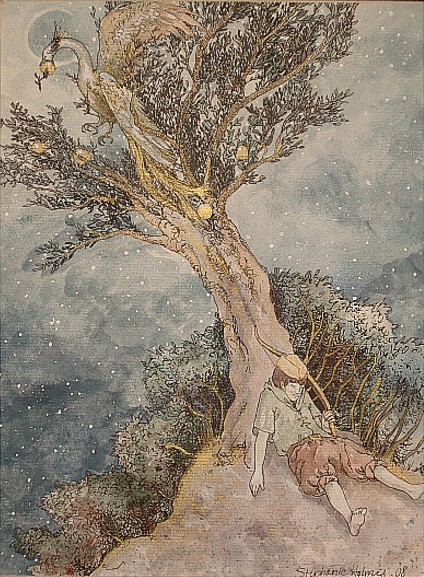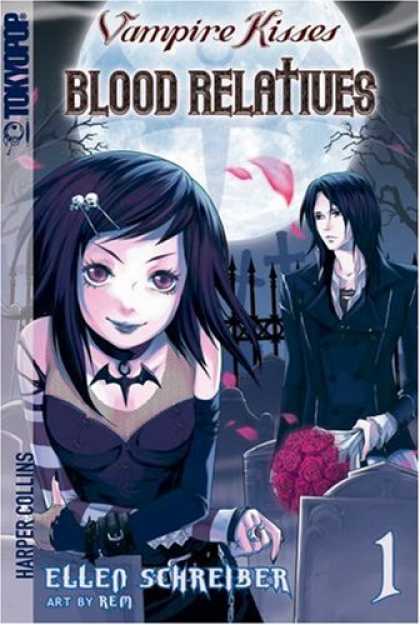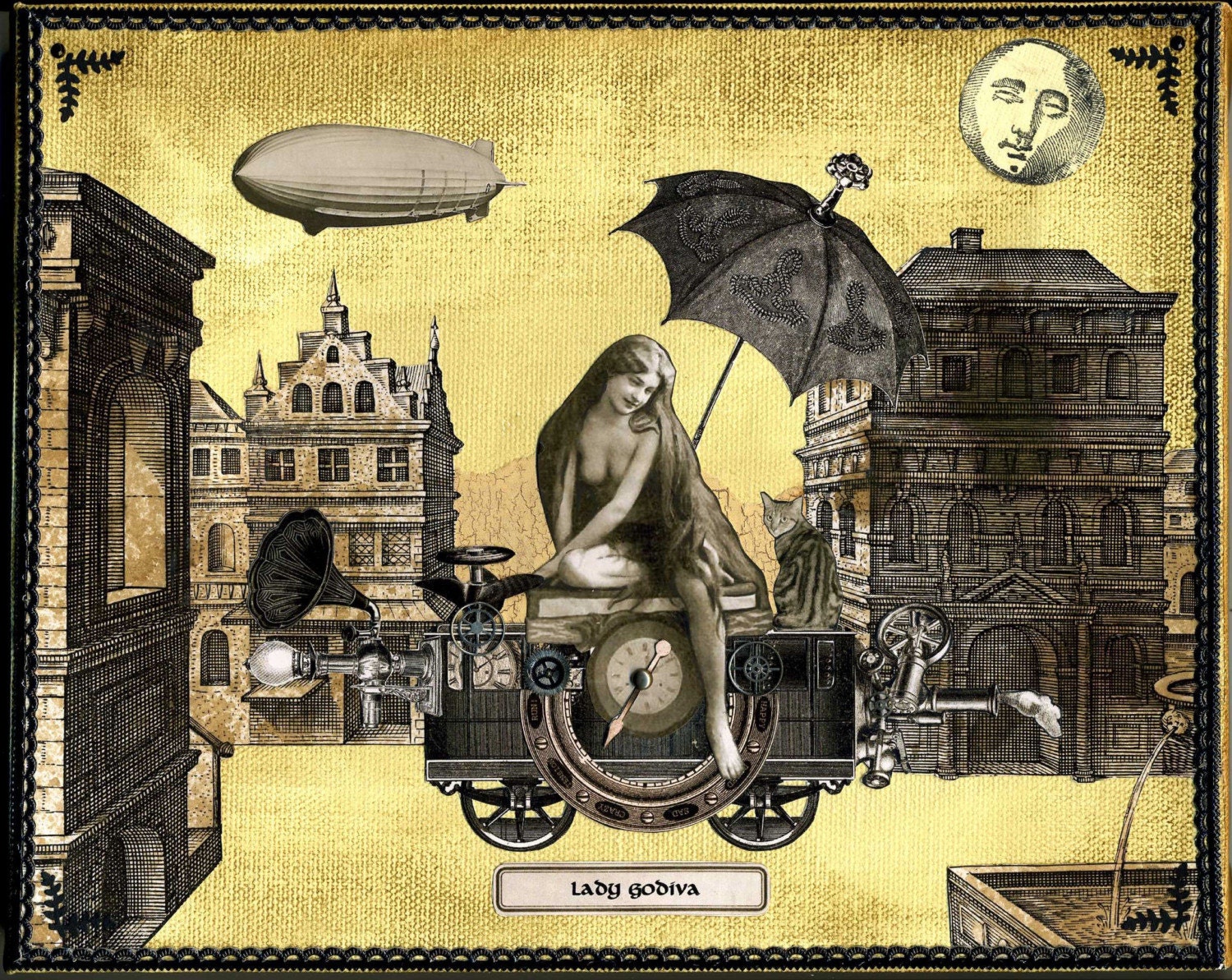
First, my apologies in advance to any of our readers who may be allergic to politics. But this post is less about politics than about storytelling and mythmaking. I was fascinated by the choices of music for each candidate in the U.S. presidential election last night during the acceptance and concession speeches - particularly by McCain's. Each choice of music appeared chosen to reinforce the story of that candidate. President-elect Barack Obama's choice was fairly straightforward: he ended his speech to the theme from
The Patriot. The theme is from a film scene that reaches its crescendo when an American steps into a crisis moment and lifts the flag and starts running toward victory, by his sheer energy and patriotism convincing many others to do so, changing the tide of events in a moment.
McCain's choice was more complicated. He stepped down from the podium to the battle hymn from
Crimson Tide. On the one hand, the choice is obvious enough: McCain's campaign has been telling the story of an old, grizzled war hero returning for one last time of service to his country. In the same way, one of the protagonists from
Crimson Tide is an old-school submarine captain (Gene Hackman) on his last tour of service who stops at nothing in the defense of his country. But here's where the choice gets complicated. Because
Crimson Tide has 2 protagonists. One is the old, grizzled war hero (who happens to be white). The other is a younger officer on the submarine (who happens to be black, and is played by Denzel Washington), who lacks the years of experience of the old captain but has a clear head and the ability to cut through a difficult crisis to identify what needs to be done. In the film, these two confront a major crisis of national security and arrive at two very different responses. At the end after a bitterly fought battle between the two, the old white captain concedes to the young black officer,
You were right, I was wrong, and they part on peaceable terms. Both are commended by the Navy for having pulled out all stops in their service to their country, in the finest tradition of American patriots.
So why music from
Crimson Tide at McCain's concession speech? It seems almost to fit better with the story of the Obama campaign than with the story of the McCain campaign. Was this an honorable, bipartisan gesture? Or did someone on the campaign not think through the implications of the music they chose as a final salute to their candidate? What do you think?
One reason that this fascinates me is because I believe that elections are won or lost on the strength of the stories the candidates tell. This time around, Obama's story -- of change achieved together through clear reasoning and an understanding of history -- proved compelling to more voters than McCain's story of a man grown old in his country's service returning for one last stint. The skill with which each campaign told that story contributed to their victory or loss in the election -- and this disparity is visible in the critical choice of patriotic themes for the music of the acceptance and concession speeches.
Before anyone gets infuriated at this post, let me note that though I did not give him my vote, I have the highest respect for Senator John McCain. I agree with the president elect in commending this man who has sacrificed for his country in ways that "most of us cannot even imagine." Nor can I even begin to express the respect I have for a man who, when interred in a POW torture camp, refused to be released prior to soldiers who had been there longer.
So I invite thoughtful responses to this post and the questions it poises about the stories campaigns tell and how skillfully they tell them ... but if you are tempted to flame in the comments, please remember that many brave men and women have laid down their lives so that you and I would each have the right to vote based on our own conscience and our own assessment of who would be right for the job. This post is meant to invite comment not on political views but on the way that we tell the stories of our national leaders.
Daniel
Editor,
Dante's Heart




















